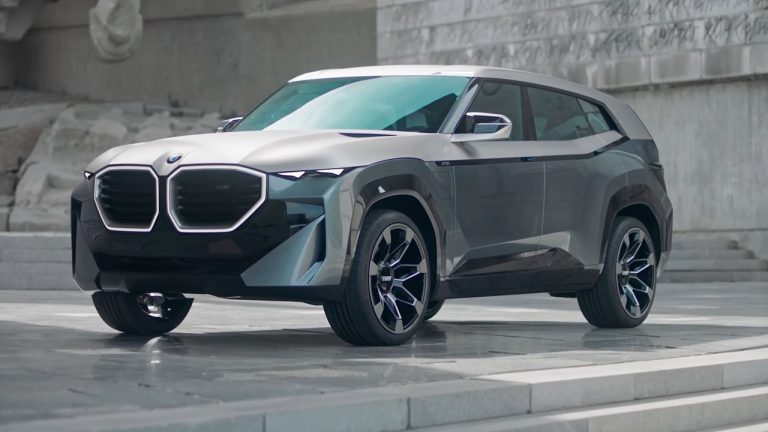Motorcarspecs.com delivers automobile industry news, and its unique content can entice viewers from all over the world. Every day, the Motorcarspecs.com team assists thousands of consumers in conducting vehicle research and comparing pricing on a wide range of automotive products and services. We’ve been pioneering innovative ways for prospective buyers to engage with automobiles and obtain timely and accurate information since January 2020. We created this platform for you, the viewers, to provide an honest evaluation on a relevant automobile, which we will completely review and post on our site.
- Ferrari Roma
- Porsche 911 Turbo S
- Aston Martin Vantage
- Aston Martin DB11 V8
- Honda NSX
- Audi R8 V10
- Mercedes-AMG GT-R
- Chevrolet Corvette C8
- Nissan GT-R Nismo
- BMW M8 Competition
Best Super Sports Cars
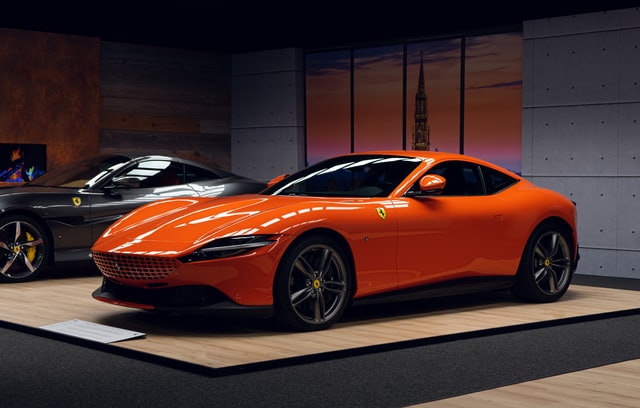
Ferrari Roma
The Roma is a new design for a more inexpensive Ferrari that looks and feels vintage. The V8-powered, front-engined, two-plus-two-seater coupe shares its base with the Portofino but has aesthetics and handling appeal far beyond that convertible’s reach. It’s most like Maranello’s popular 550 Maranello of the late 1990s in spirit, if not in every way: a compact, temptingly attainable, daily-useable sporting GT (which, by the way, also ranks highly in our super GT top ten) with the performance, excitement factor, and handling vivacity of a proper Ferrari, but with a cabin and character you could put miles on.
The Roma’s 3.9-liter turbo V8 engine produces over 600 horsepower and a top speed of 200 miles per hour. However, this is a more relaxed version of the current Prancing Horse. The car’s surprisingly pleasant and sophisticated-feeling interior, which is simple to use, well-equipped with the newest electronic mod cons, and tempting to spend time in, is what hits you.
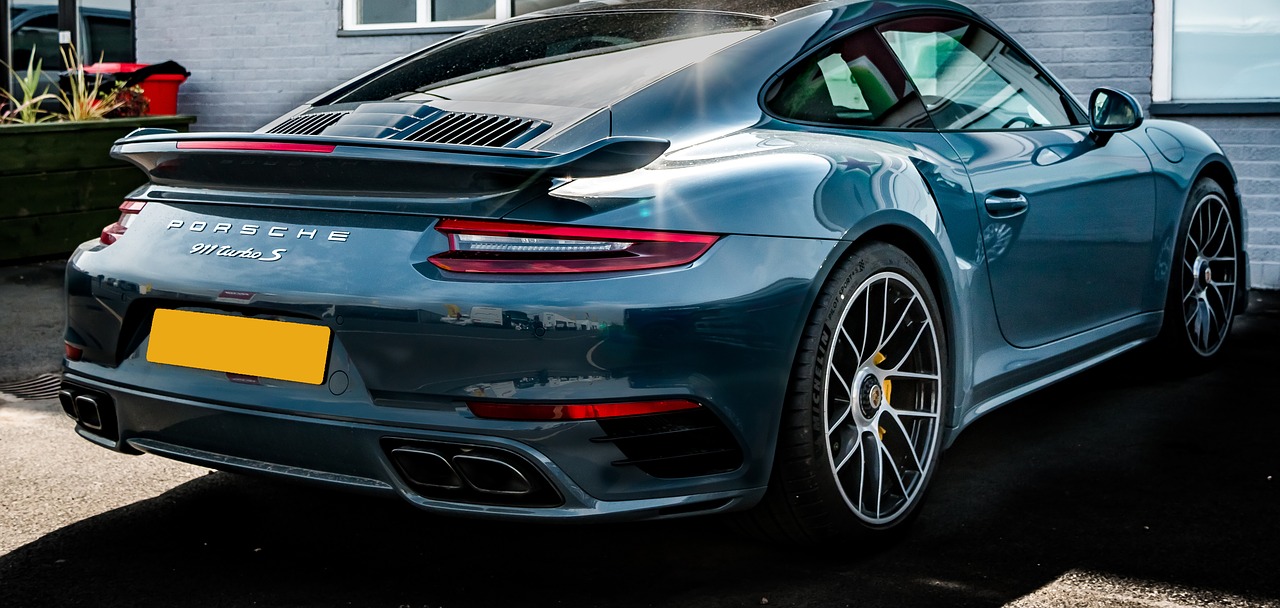
Porsche 911 Turbo S
Porsche’s blisteringly fast, incomparably usable four-wheel-drive performance icon returns for the ‘992’ generation and ranks among the world’s fastest point-to-point automobiles. Four-wheel drive and a new 641bhp twin-turbocharged engine combine to provide a 2.6sec 0-62mph pace and a peak speed comfortably above 200mph. You can also expect a first-class cabin with palpable luxury allure and a level of under-the-radar delicacy absent from some of the more extrovert cars on this list, as with other Porsche 911s in the current range.
That’s a big part of the allure of the Turbo S, which also comes in a cheaper, slightly less rapacious ‘Turbo’ version. It doesn’t yell wherever it travels, despite its frenetic velocity. Its capacity to consume long distances and a lot of luggage offers it a genuine alternative to GT-oriented competitors like the Aston Martin DB11.
Naturally, it will thrill like few other B-road rides. The Porsche offers intuitive handling and a touch of rear-biased weight distribution, though it isn’t quite as dynamic or engaging as some of the other cars on this list.
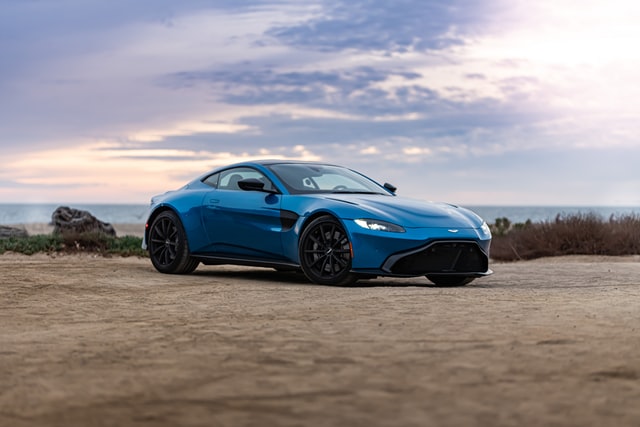
Aston Martin Vantage
Aston Martin takes a major step into real blue driver’s car area with the new Vantage. Gaydon had never strayed so far from its customary penchant for relaxed, long-legged, old-school front-engined GT sports cars as it did here.
So much about the new Vantage – from its first-order performance level to its tight, tenacious body control to its impressively advanced driveline specification and its on-track composure, handling precision, and staying power – says it’s ready to transform Aston into a firm that can be taken seriously by true petrolheads; people who have so far stuck to their Porsche GT3s and upper-level BMW M cars, like the BMW M5. It’s now available in a roadster body style with the F1 Edition’s chassis and cosmetic changes.
You’ve never been able to push a series-production Aston Martin as hard as this, or consider utilizing one like a track-ready 911. Because of all that newfound grip and purpose, the car doesn’t quite overcome the restrictions of its size and weight and engage like the most important driver’s cars when driven on the road – but it surely enriches everyday use as only an Aston Martin could.
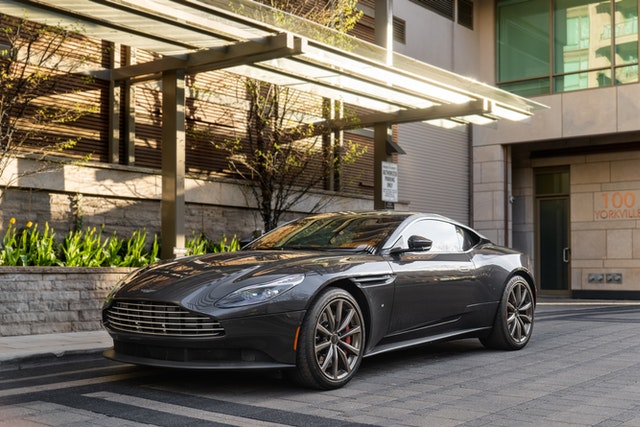
Aston Martin DB11 V8
The Aston Martin DB11 V8 is the Vantage’s bigger sibling. The V8 is the entry-level model, and it is the one that best qualifies the automobile as a true driver’s car. And, given that it ranks in the top half of our list, you may assume that it performs admirably.
With a tyre noise and some rustling of air moving over the base of the A-pillar, it isn’t the most elegant car in its class. The cabin is old-school sumptuous, with plenty of brogued leather if you want it. The car’s interior isn’t nearly as technologically sophisticated as it could be, and not all of its components have the same tangibly solid feel – but it still impresses.
The AMG-sourced engine in the front of a DB11 V8 sets the tone for what this car can dynamically speak and accomplish so effectively. It’s quite intuitive to maneuver and has a beautifully balanced handling manner.
This is a highly desirable vehicle that, in our opinion, outperforms its V12 sibling in terms of driving appeal.
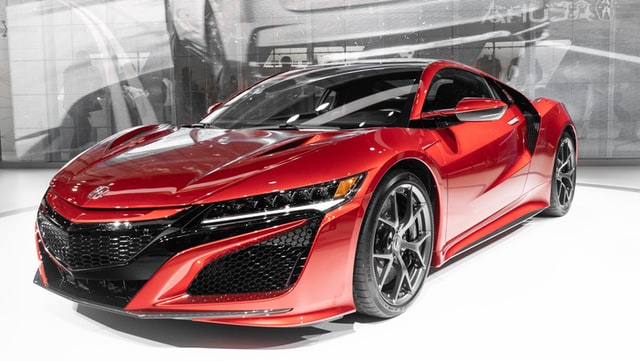
Honda NSX
Honda has combined world-first powertrain technology with exceptional lightness of touch. Rather of reinventing the wheel, it has refined and enhanced the traditional mid-engined driver’s automobile. As a result, a rare breed of exotic has emerged: one that doesn’t yell about its potential or push itself on your senses, but rather is a mature and full driver’s car with multi-faceted appeal regardless of pace or travel.
Despite the 2019 improvements – which included comprehensive chassis changes and recalibrations for the adaptive suspension, steering, and four-wheel drive, in addition to the brilliant orange paint job – it might still be better equipped, nicer to travel in, and a little more luridly exciting at times. The car’s weight and tendency to run out of raw power at high speeds make it less remarkable on the track than it could be, so if Honda wants to manufacture a Type R version anytime soon (NB: it almost definitely won’t), it’ll have to do a lot to justify the moniker.
For its synthesis of abilities, the NSX, on the other hand, deserves a lot of respect, if not veneration. Only the McLaren 570S, now discontinued but still readily accessible, offers a more rounded, adaptable, and exciting driving experience among mid-engined choices. It achieves so, though, with a far simpler powertrain.
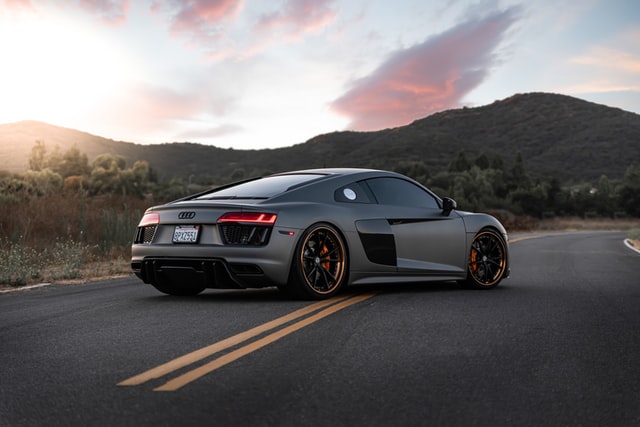
Audi R8 V10
The technical connection between the Audi R8 and the company’s motorsport ambitions is obvious. The automobile is a visceral, one-of-a-kind ode to speed and power, noise and rpm, grip and traction. It’s a blast to drive, albeit it’s not nearly as well-rounded, communicative, or entertaining as the best super sports cars.
When we first drove the new R8, we saw that it had lost some of the character of the previous model, in favor of a more computerized form. With the launch of the R8 RWD – which, predictably, does away with the front-drive axle – a fair portion of that character has been restored. The steering in this new series-production model may lack some of the chattiness found in cars like the Porsche 911 Turbo S. Underneath the aggressive façade is an engaging and approachable – if not immersing – super sports vehicle.
V10 Performance RWD (562bhp) and V10 Performance (612bhp) models are now available, with closed-roof coupe or open-top Spyder bodywork.
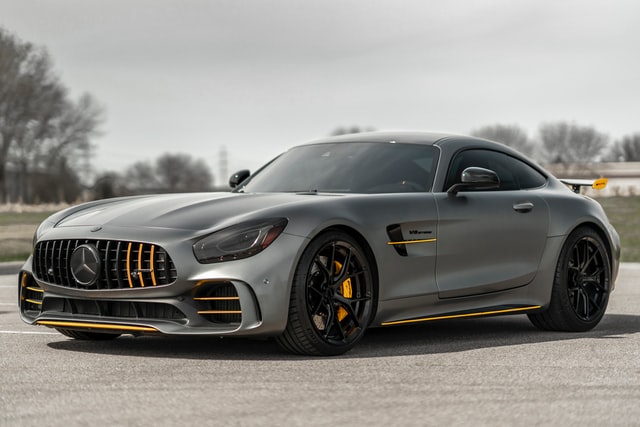
Mercedes-AMG GT-R
The GT is an even more perplexing addition to the sports car world than the Mercedes-Benz SLS was, with the spaceframe underbody structure of a supercar, an engine from a muscle saloon, suspension tuned for maximum attack on the track, and yet the practicality and luxury feel of an elegant coupé, or roadster.
In 2017, Affalterbach debuted the more hardcore ‘-R’ version of the car, as its ambitions to break into the GT-car market of nearby Porsche developed. The first version increased power to 577bhp, which is still the case. In 2019, the extra track-focused GT-R Pro variant received some chassis and suspension adjustments as well as aerodynamic improvements, but the car’s powertrain remained mostly unchanged.
When compared to rivals on this table, the GT-R is a brute, the type of car that prefers to pound a bump into submission rather than breathe over it, and when the technological assistance are turned off, it feels fantastically overpowered. It’s entertaining because it’s so straightforward and unrefined, yet driving it properly necessitates a high level of precision, ability, and devotion from the driver.
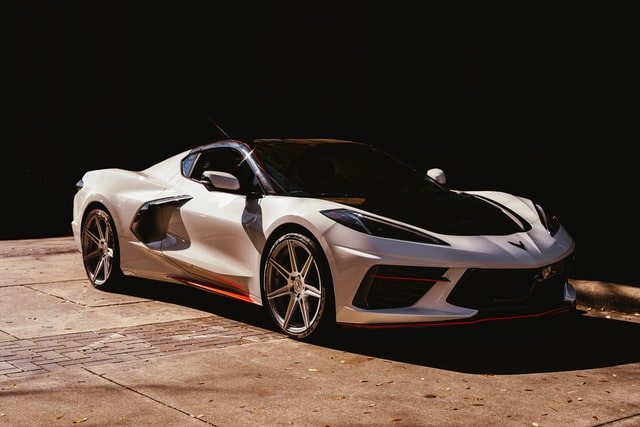
Chevrolet Corvette C8
The Corvette has gone mid-engined in its newest edition. Yes, that’s a significant event – but not one that anyone should be concerned about, as it turns out. The C8 provides a 475bhp naturally aspirated V8, an exciting and dramatic cockpit, and really well-honed mid-engined characteristics for roughly $75,000 in the US. It lacks the precision and feel of the now-discontinued McLaren 570S, as well as the poise and accuracy of an Audi R8 or Porsche 911 Turbo. Still, there’s meat on the bone here for those who enjoy engaging with the driving experience, as well as a level of polish that many won’t expect.
To be honest, I’m not sure you can call yourself a true car lover if you don’t like how this car sounds and how heartfelt and genuine its character is. And if you can’t appreciate how much better a sports car the Corvette has become – whether it’s the kind of sports car you prefer or the departure from the sporting norm it once was — we’d say you’re not giving it a fair chance. It’s that easy.
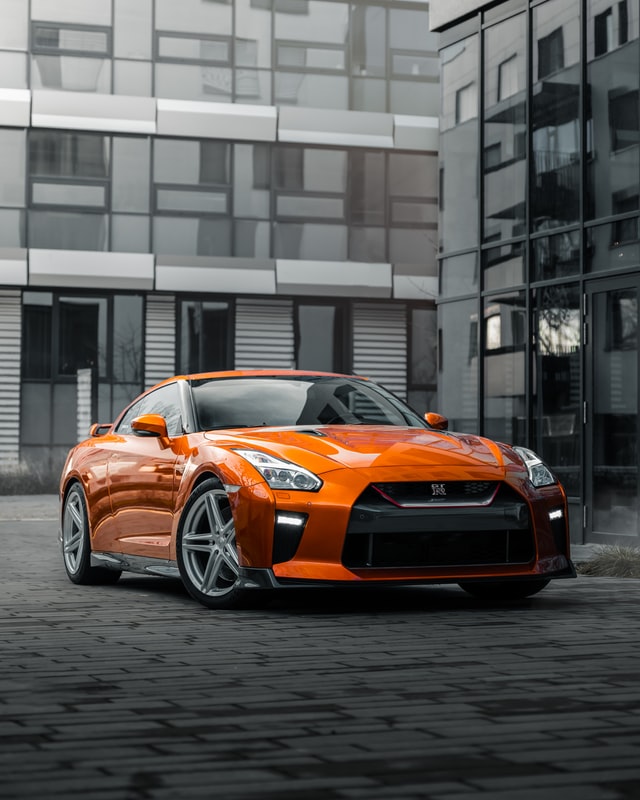
Nissan GT-R Nismo
The Nissan GT-R has been around for more than a decade, but it remains one of the fastest and most capable super sports cars. This is built upon in the hardcore Nismo version.
For even more agility, there’s an aggressive aero kit that includes a large rear wing, increased torsional rigidity, and modified springs, dampers, and anti-roll bars. Nissan claims that these changes make the GT-R Nismo even more fun to drive on the limit, which can only be a good thing. It steers with outstanding intelligence and precision. The fact that it prefers to transmit its power backwards to put its tail end into action demonstrates that Nissan’s adjustments were successful.
Of course, it’s still lightning fast in a straight line. Its 3.8-liter V6 produces 592bhp and 481lb-ft of torque, thanks to twin turbos used from Nissan’s GT-R GT3 race car. Although Nissan does not provide an official 0-60mph time, it is reasonable to assume it will be less than 3.0 seconds.
The GT-R Nismo may be getting on in years, but it’s still as ruthlessly effective as ever.

BMW M8 Competition
It’s controversial whether this $130k, 616bhp BMW super-coupe (which also comes as a convertible or four-door, depending on your preference) should be classified as a super sports car or a super GT alongside the Bentley Continental GT. When BMW’s M Division gave the M8 M Division tune and styling, a sumptuous interior, and a driver-selectable four-wheel drive system with entirely detached front driveshafts, it was attempting to bridge two classes.
When viewed as a pure driver’s car, the M8’s size and two-tonne weight both work against it to some extent. It’s not as engaging as an Aston Martin Vantage or Porsche 911, isn’t as viscerally thrilling as a Ferrari Roma, and lacks the mid-engined poise and tactile feel of a McLaren; which has led some to wonder why you wouldn’t just save a few thousand dollars and get the mechanically related BMW M5 Competition instead.
This may be the top of the tree for BMW M vehicle enthusiasts, but when considered in the context of the niche in which it competes, the M8 lacks some of the finer details on both actual driver appeal and static attractiveness.




